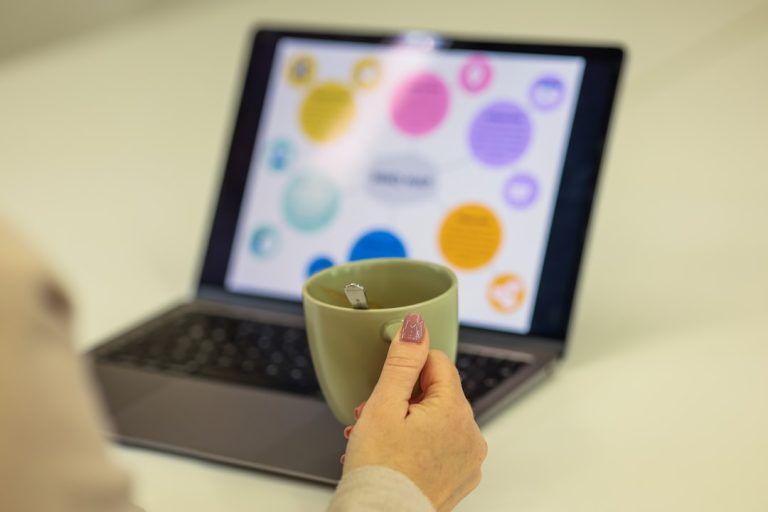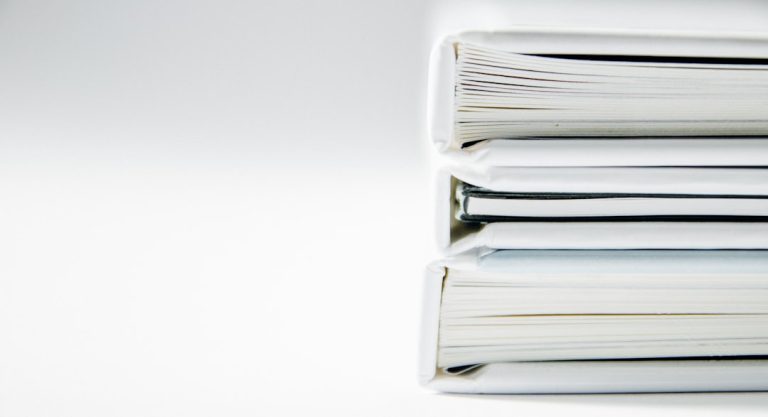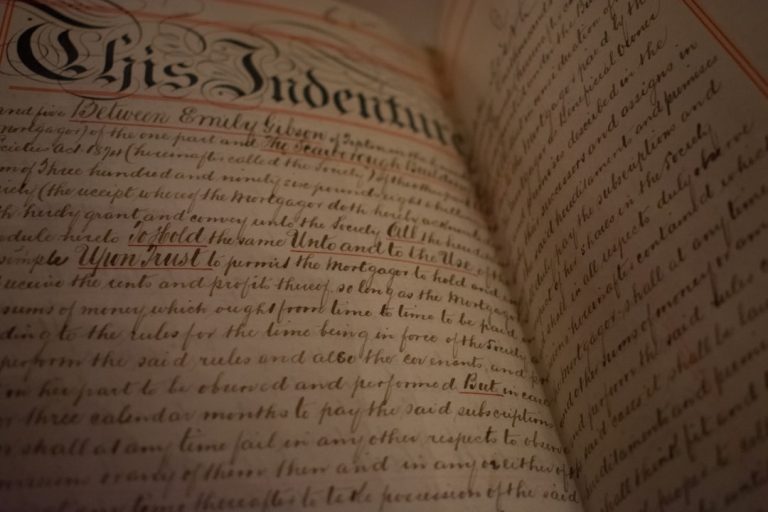The ability to draw conclusions is a crucial aspect of reading comprehension that can make or break a reader’s understanding of a text. As such, it is a skill that students must develop to excel in academic and professional settings where critical reading is required. In today’s blog post, we will explore the importance of drawing conclusions and how it can be developed as a reading comprehension skill. We will examine the definition of drawing conclusions, highlight its significance in reading comprehension, and discuss various strategies that can be used to foster this ability. Additionally, we will highlight the benefits of mastering this skill, including improved reading comprehension and problem-solving capabilities. Drawing conclusions is a complex process that requires readers to analyze evidence, make judgments, and form opinions. However, with a solid foundation in this vital skill, students can effectively navigate reading materials that would otherwise be challenging. Whether it is a scholarly article, a scientific report, or a business memo, developing the ability to conclude is essential for success.
1. Identifying facts of a text
Drawing conclusions is a fundamental skill in reading comprehension that every student needs to develop. It requires identifying facts and details within a text and using that information to make inferences, predictions, and interpretations. This process involves critical thinking and analysis, as well as the ability to read between the lines to understand the deeper meaning of a text. In American English, concluding is often used interchangeably with making inferences, as both involve using evidence from a text to arrive at a logical conclusion. Developing strong reading comprehension skills is essential for success in all academic subjects, and concluding is a critical component of that skill set. By practicing this skill, students can become more confident and proficient readers, and they can learn how to extract meaning from complex and challenging texts.
2. Identifying the main idea of a text
Identifying the main idea of a text is a fundamental component of reading comprehension skills. This skill is essential for concluding what you’re reading and determining the author’s purpose in writing. Understanding the main idea helps you to summarize the information presented in the text, providing you with a framework for analyzing and interpreting the content. It’s important to note that the main idea may not always be explicitly stated, requiring readers to infer or draw conclusions from context clues. This skill is taught extensively in American English in elementary and intermediate language arts classes to build reading proficiency and promote critical thinking skills. Recognizing the main idea is a crucial reading comprehension skill that allows students to delve deeper into the text and absorb the material more effectively.
3. Discriminating between relevant and irrelevant information
Drawing conclusions is an essential aspect of reading comprehension skills in American English. It requires distinguishing relevant information from irrelevant information in a text. Students need to learn how to identify facts and details crucial to understanding the main idea of a piece of writing. They should also be able to distinguish the opinions or personal beliefs of the author from the facts presented in the text. Discriminating between relevant and irrelevant information is essential for interpreting and making sense of what is being read. It is a critical thinking skill that helps students to make inferences, summarize, and draw conclusions based on their interpretation of the text. By practicing this skill, students develop a deeper understanding of the text and the ability to apply critical thinking to their everyday reading.
4. Evaluating evidence presented in a text
Drawing conclusions is an important reading comprehension skill, especially in American English. It involves evaluating the evidence presented in a text and using that evidence to make informed judgments about what the text is trying to convey. To effectively draw conclusions, readers must be able to identify relevant information within a text and rationalize using that information. Effective drawing of conclusions requires critical thinking and analytical skills. As part of reading comprehension skills, drawing conclusions is a crucial tool for understanding complex ideas, identifying themes and motifs, and enhancing the reader’s overall understanding of a text. Thus, developing this skill is essential for success in advanced reading comprehension and language learning.
5. Drawing accurate conclusions from the text
Drawing accurate conclusions from text is an essential reading comprehension skill in American English. This skill involves analyzing different information presented in a text to develop informed opinions or decisions about what the text is saying. It involves using critical thinking and reasoning to go beyond the literal meaning of the words and delve into the deeper meanings or implications. To draw accurate conclusions, readers need to pay attention to textual features such as context, tone, and literary devices, amongst others. Additionally, applying their knowledge of language and conventions, literary elements, and critical thinking strategies is crucial for success when concluding. Developing proficiency in drawing conclusions is essential for adequate reading comprehension and critical thinking.
To sum up, drawing conclusions is a crucial aspect of reading comprehension skills. It helps readers make connections between what they read and their background knowledge, as well as analyze and interpret information. With practice and guidance, learners can enhance their critical thinking abilities and become better equipped to navigate the vast sea of information available in today’s world. By actively engaging with texts and constantly questioning and synthesizing information, readers can become more confident and proficient in drawing conclusions.




Hello , hind from Iraq.
Drawing conclusions is an example of reading comprehension skills, if you can draw conclusions from what what you read. You make educated guesses about what happens in a story.when you know how to draw conclusions based on what you read you become a better reader. It is away of thinking and learning. The more you practice the easer it will get. We can make educated guesses about what happened in a story based on what we read. This is what drawing conclusion is all about, it takes time to learn and practice this skill, it is away of thinking and learning. We can draw conclusions from our own experience , we have probably drawn conclusions before by looking at. Things that happened around our, when your draw conclusions from what you read, you are using a skill called inference. Inference is an ability to think about a subject and come up with ideas about it you can also draw conclusions by making predictions.